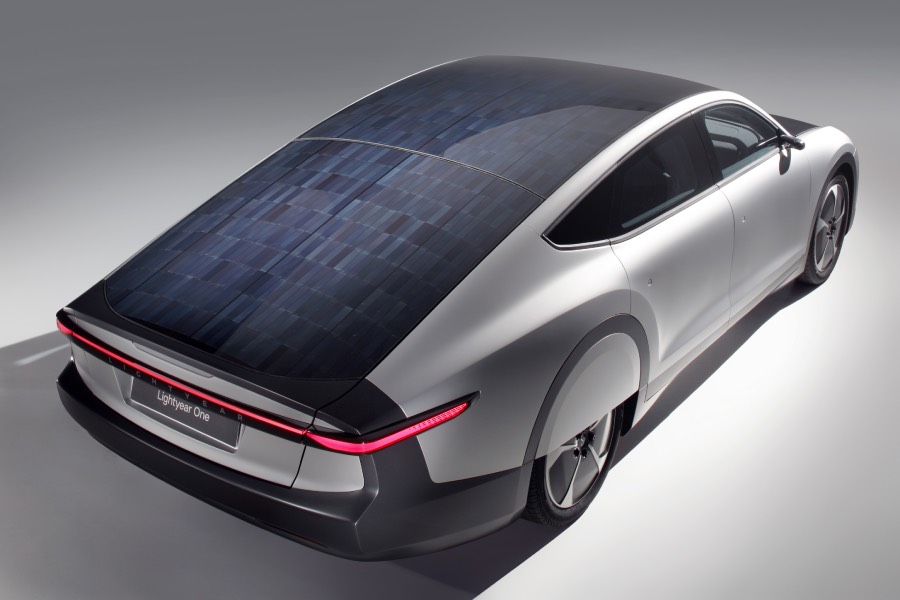Electric cars are growing in popularity, particularly in Monaco. But does this represent the only future of road travel? What if we could leapfrog the grid and create cars that are charged by the sun?
This is the vision of Lightyear, who presented its first solar powered prototype at the recent Vroom Summit in Monaco.
Currently, 12% of European greenhouse gases are emitted by cars, a number that is set to increase if major changes to the automobile industry are not realised. While car manufacturers make the slow shift to electric vehicles, many countries are struggling to build the necessary infrastructure for them to operate effectively.
Lightyear was created by a team of students from the Eindhoven University of Technology, Holland, who became three-time world champions in the World Solar Challenge by creating five-seater solar vehicles. Their aim was to build a car that could drive as many kilometres as possible from the same solar energy source. So, they rebuilt a car from the ground up, featuring a sleek Italian design based not on convention, but on the law of physics.
“This is the first prototype, launched in June this year,” Tessie Hartjes, head of marketing and sales, tells Monaco Life. “Now, we are doing all the necessary tests and getting it ready for production. Monaco is perfect for that with the amount of sun you have here. The plan is to get it on the road in the next two years.”
Lightyear One is an aerodynamically designed electric vehicle constructed of aluminium and carbon fibre, resulting in a lighter car that consumes less energy and has exceptional range. Its roof and hood are covered with five square metres of integrated solar cells that an adult could walk on without causing dents. The car’s engines are located in its wheels for optimised energy, and it has a range of up to 800 kilometres.
“You still need to charge it from the grid, but the energy consumption is so low that you can use an ordinary outlet and travel 400 kilometres overnight, or all day during the day as it will start recharging itself through the integrated solar cells,” reveals Ms. Hartjes.
As a result, drivers are free to drive long distances, while it’s Italian design also makes it an attractive option.
“While it may look like a sports car because of its aerodynamic airdrop design, it is actually a travellers car,” says Ms. Hartjes. “We call it an essential car, as it does not feature luxury options but is optimised for space and travel. Outside it is comparable to a Tesla S, but inside it is comparable to a SUV.”
So, who is Lightyear’s target market?
“Environmentally conscious people who also want the convenience of not having to think about where the next charging station is,” says Ms. Hartjes. “Business owners are drawn to this car because they often drive on highways at high speed, that’s where the aerodynamics kicks in. Energy consumption is low, the car has a large range, it recharges itself and drivers can use any electric outlet to charge the car.”
Lightyear One is priced at 150,000€ including taxes, and production is currently capped at 1,500 cars per year.
“The next step is to go higher in volume and lower in purchase price,” adds Ms. Hartjes. “We wanted to gain exposure from this summit in Monaco and hopefully funds to help us get to the first production prototypes.”
Read more:
Vroom presents leading tech start-ups, wows investors and crowds


